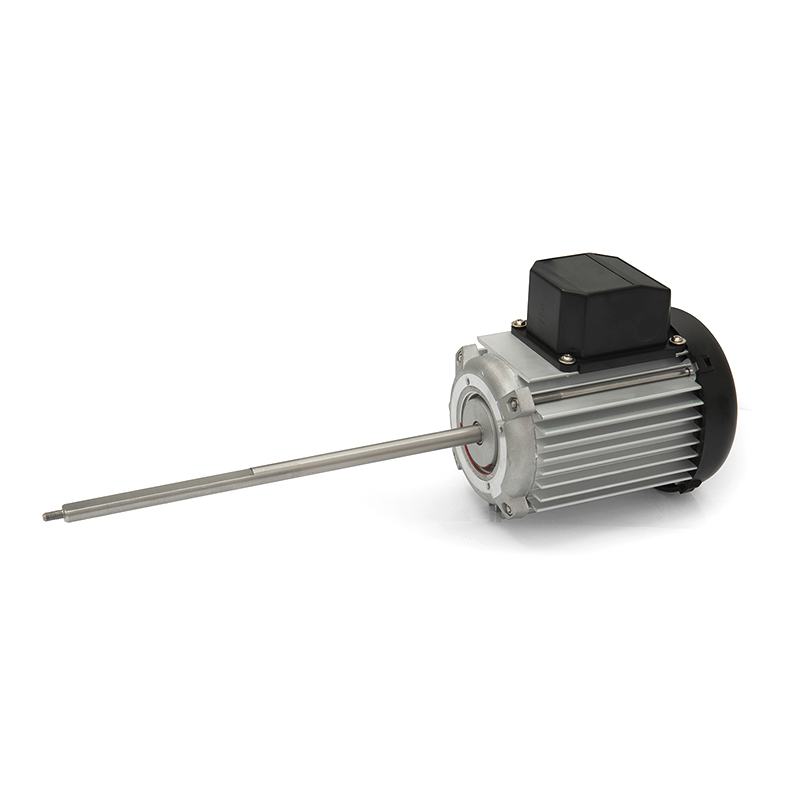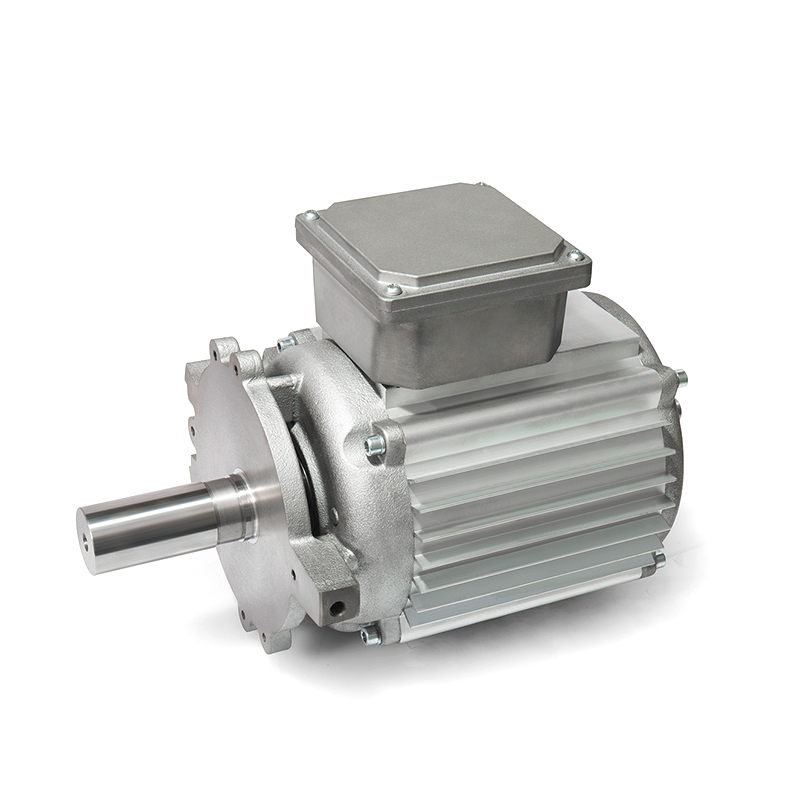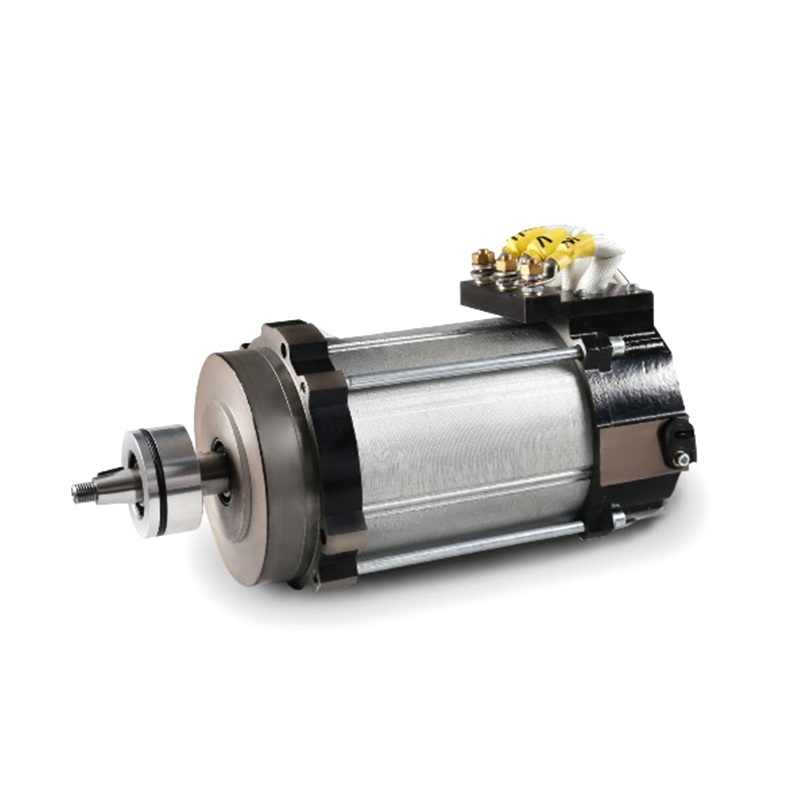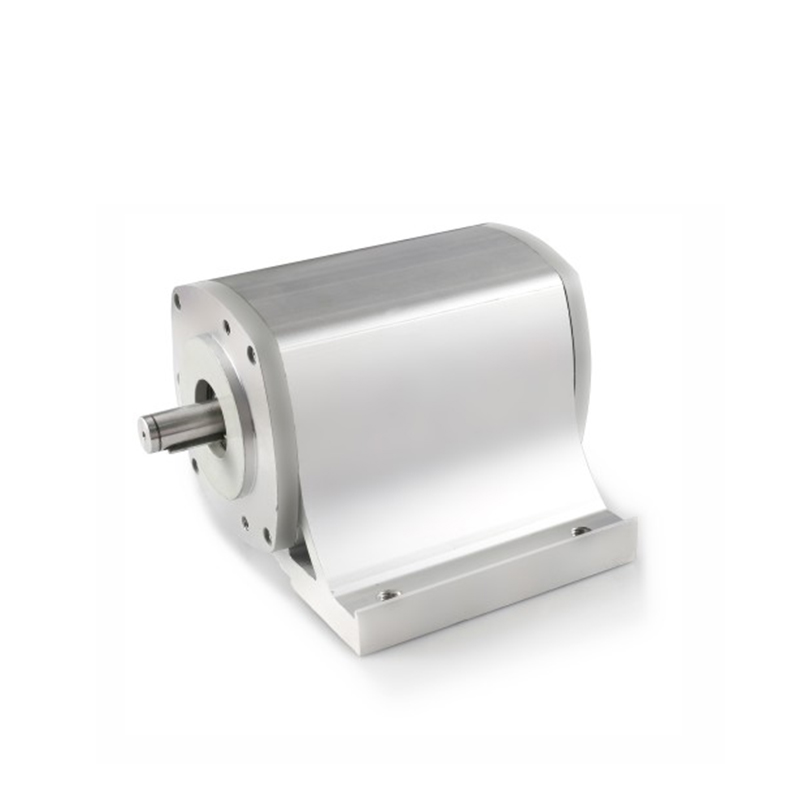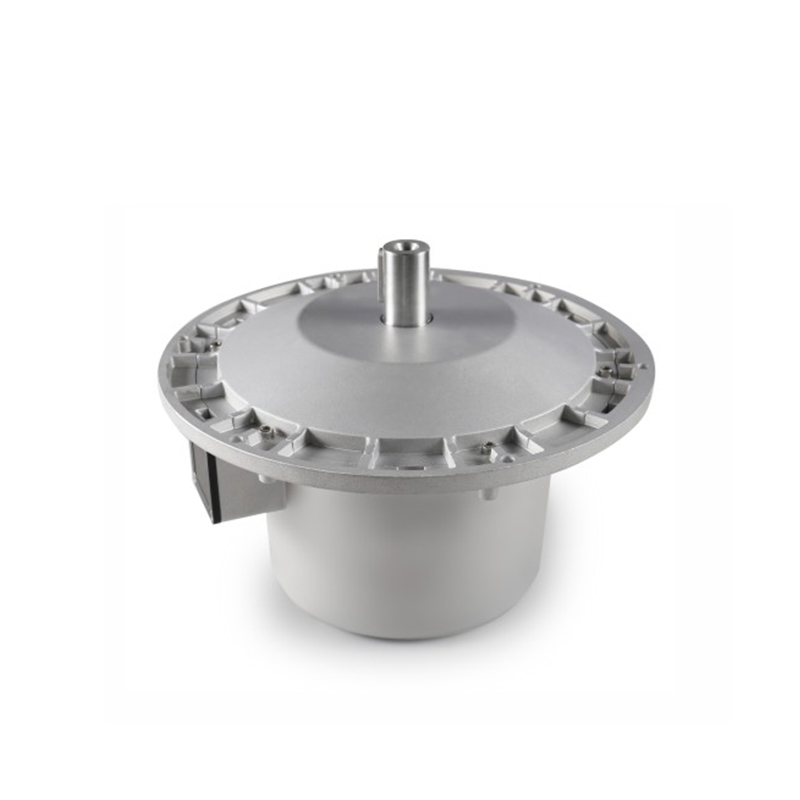What are the key design considerations for selecting a drive transaxle for a specific application?
Selecting a drive transaxle for a specific application involves several key design considerations to ensure optimal performance, durability, and efficiency. Here are some important factors to take into account:
Power Requirements: The transaxle must be capable of handling the engine's power output. This includes the torque and horsepower that the transaxle can safely transmit to the wheels.
Vehicle Weight and Size: The weight and dimensions of the vehicle will influence the choice of transaxle. Heavier vehicles may require a more robust transaxle with higher load-bearing capacity.
Speed and Performance: The desired top speed and acceleration of the vehicle will affect the selection of gear ratios within the transaxle. A transaxle with a wider range of gear ratios can provide better performance across different speeds.
Torque Converter: For automatic transaxles, the torque converter's design and specifications are crucial. It should match the engine's torque characteristics and the vehicle's performance requirements.
Axle Ratio: The axle ratio determines the vehicle's top speed and acceleration capabilities. A lower ratio provides quicker acceleration, while a higher ratio allows for higher top speeds.
Drive Type: The type of drive system (front-wheel drive, rear-wheel drive, or all-wheel drive) will influence the design and configuration of the transaxle.
Material and Construction: The materials used in the transaxle's construction affect its durability, weight, and heat dissipation capabilities. Common materials include steel, aluminum, and various alloys.
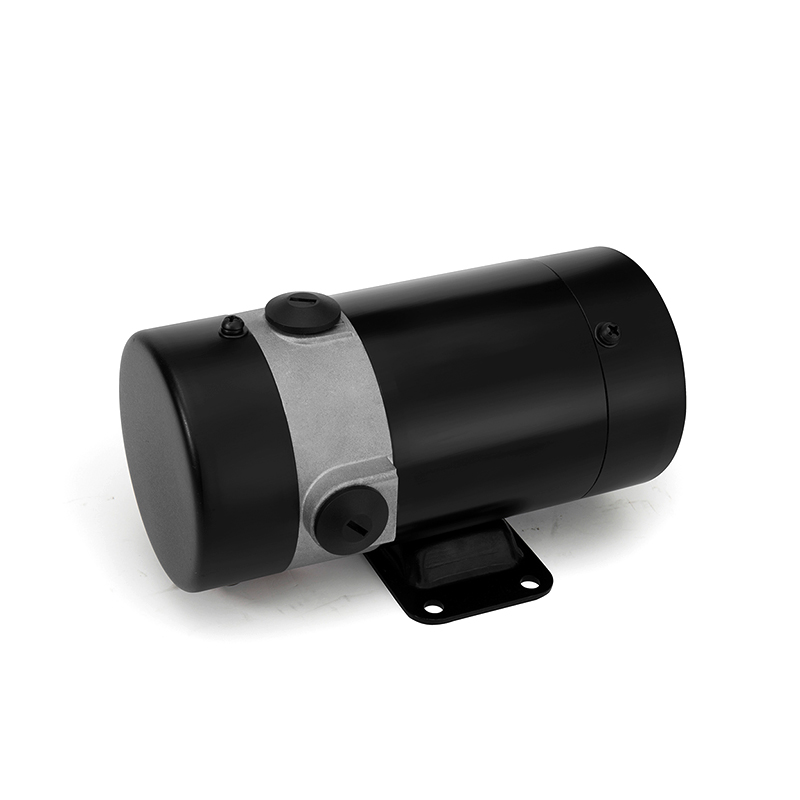
Cooling System: The transaxle must have an effective cooling system to prevent overheating, especially in high-performance applications. This may include oil coolers or integrated cooling systems.
Noise, Vibration, and Harshness (NVH): The transaxle should be designed to minimize NVH, providing a smooth and quiet operation.
Ease of Maintenance: The transaxle should be designed for easy maintenance and service, with accessible components and clear service intervals.
The budget for the vehicle will also influence the choice of transaxle, as more advanced or high-performance transaxles can be more expensive.
Compatibility: The transaxle must be compatible with the vehicle's engine, suspension, and other drivetrain components to ensure proper integration and performance.
Environmental Factors: The operating environment, such as temperature extremes, altitude, and road conditions, can affect the choice of transaxle materials and design.
Regulatory Requirements: Certain regions may have specific regulations or standards that the transaxle must meet, such as emissions standards or safety requirements.
By carefully considering these factors, engineers can select a drive transaxle that is well-suited to the specific needs of the application, ensuring optimal performance, reliability, and efficiency.
-
Feedback
Hotline:0086-15869193920
Time:0:00 - 24:00


 English
English Deutsch
Deutsch italiano
italiano 中文简体
中文简体


